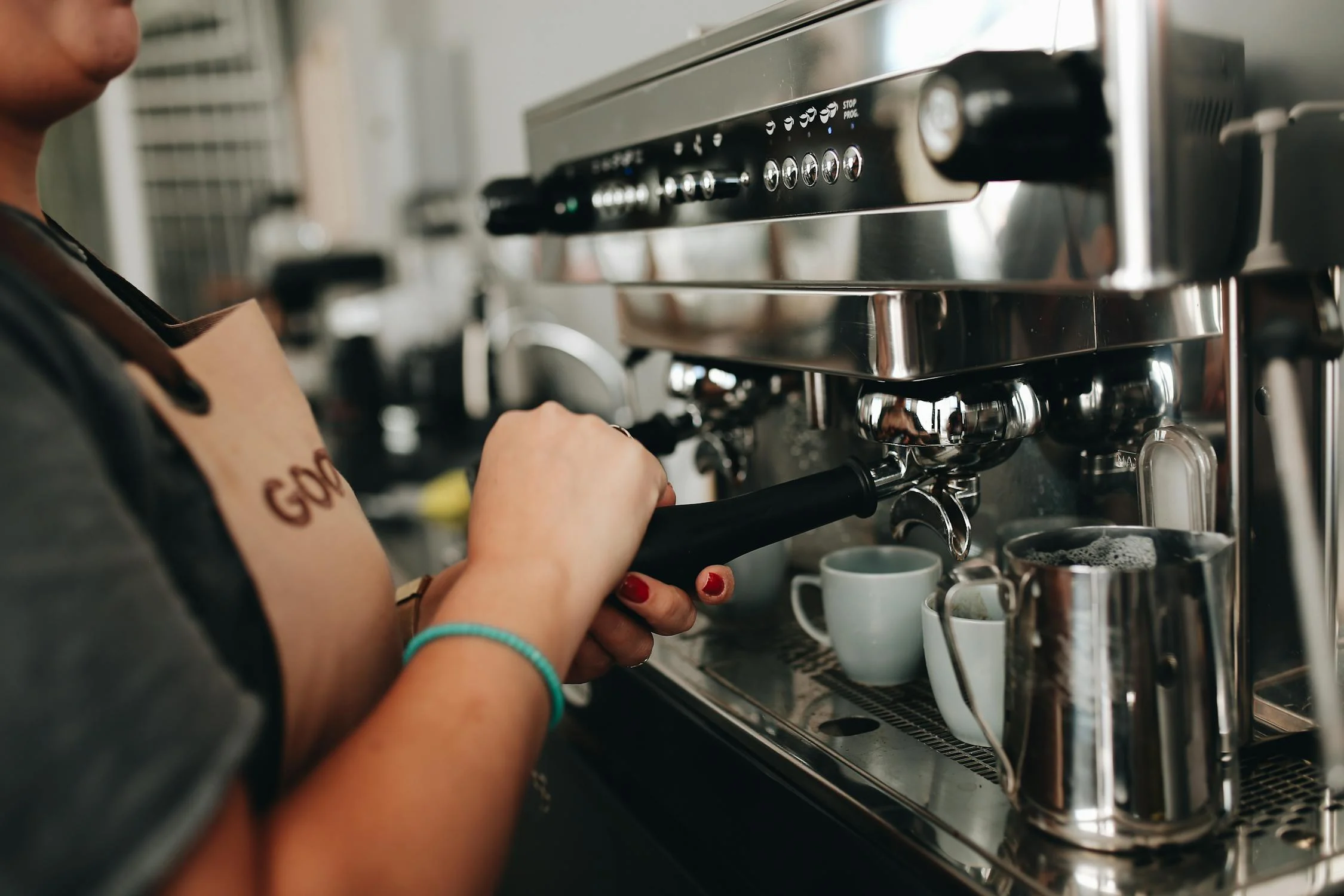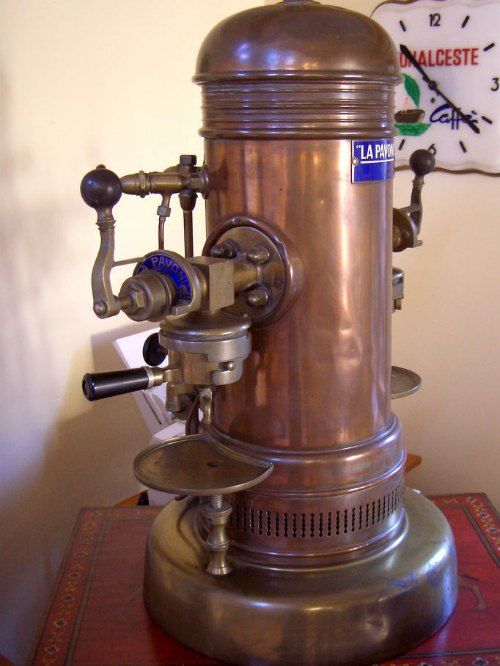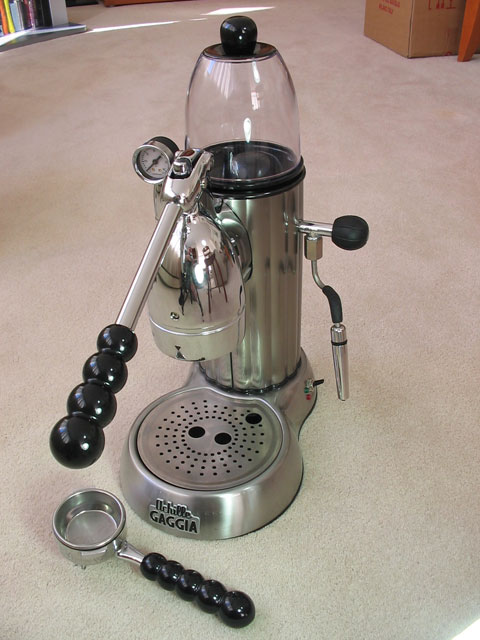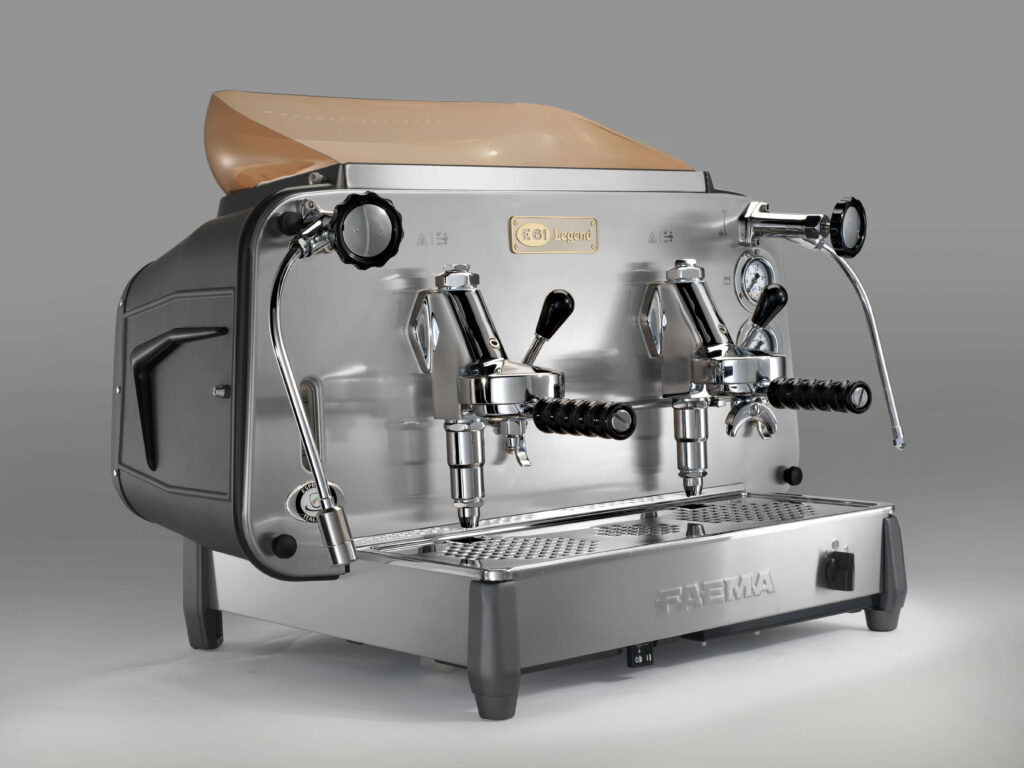
Introduction: A Shot of History
Espresso is more than just a coffee drink; it’s an iconic experience, the heart of many beloved coffee beverages, and a symbol of Italian craftsmanship. This blog delves into the fascinating history of espresso, tracing its evolution from early steam-powered machines to the high-tech wonders we see in coffee shops today.
The Beginnings: Early 19th Century Coffee Craze
The story of espresso begins in Europe in the 19th century, during a time when coffeehouses were booming. The quest for a faster way to brew coffee led to innovations that eventually culminated in espresso. The term “espresso” comes from the Italian word meaning “expressed” or “pressed out,” reflecting the technique of forcing hot water through finely ground coffee to create a concentrated shot.
The First Espresso Machine: Angelo Moriondo’s Invention
In 1884, Angelo Moriondo, an Italian inventor from Turin, patented what is considered the first espresso machine. Unlike today’s machines, it wasn’t intended for single servings but aimed to brew coffee more quickly for multiple customers. Moriondo’s invention featured a large boiler and steam-driven process—setting the foundation for espresso technology. Learn more about Angelo Moriondo’s invention.

Luigi Bezzera’s Refinement and Desiderio Pavoni’s Success
In 1901, Luigi Bezzera improved upon Moriondo’s concept, making the machine more practical for commercial use by adding portafilters and multiple group heads for individual servings. In 1905, Desiderio Pavoni acquired Bezzera’s patent and founded La Pavoni, producing the first commercially successful espresso machines. Pavoni’s introduction of the pressure release valve made the process safer, and his machines began appearing in Italian coffee bars, spreading the “espresso” culture far and wide.

The Lever Revolution: Achille Gaggia’s Innovation
In 1938, Achille Gaggia revolutionized espresso by inventing the first lever-driven machine. This innovation allowed for significantly higher pressure compared to steam-powered models, producing the crema that has become the signature of modern espresso. Gaggia’s machine marked a shift to the rich, flavorful coffee shot that we know today, enhancing the texture and aroma.

The Birth of the Modern Espresso Machine: Faema E61
The post-war years saw further development with the introduction of electric pumps. In 1961, Faema, led by Ernesto Valente, launched the Faema E61—a milestone in espresso history. The E61 used an electric pump to achieve nine bars of pressure, providing better consistency and reducing the effort required by baristas. The Faema E61 set the standard for modern espresso machines and continues to influence designs even today.
The Rise of Specialty Coffee
Throughout the 1980s and 1990s, espresso culture went global, thanks to Italian coffee chains and the rise of specialty coffee. This period also saw a renewed interest in the craft of espresso, with third-wave coffee shops celebrating the nuances of origin, roast profile, and precise extraction. Machines became more advanced, featuring temperature controls, PID systems, and even digital interfaces to help baristas craft the perfect shot.
The Modern Era: Technology and Precision
Today, espresso machines are marvels of engineering, with touch screens, pre-infusion settings, and smart capabilities. Companies like La Marzocco, Slayer, and Nuova Simonelli have pushed the envelope, focusing on precision, temperature stability, and extraction control. These innovations reflect a greater trend toward personalization and consistency in the pursuit of the perfect cup.
Conclusion: The Legacy of Espresso
Espresso’s history is a journey of passion, innovation, and craftsmanship—a journey that has taken it from bulky steam-driven machines to sleek, computerized devices. From cafes in Turin to third-wave coffee shops worldwide, espresso continues to be a symbol of community and quality. Whether you enjoy it as a simple shot or the base of your favorite latte, espresso remains an irreplaceable part of the global coffee culture.
